
Sacred place for the Samurai and Source of their culture and thought
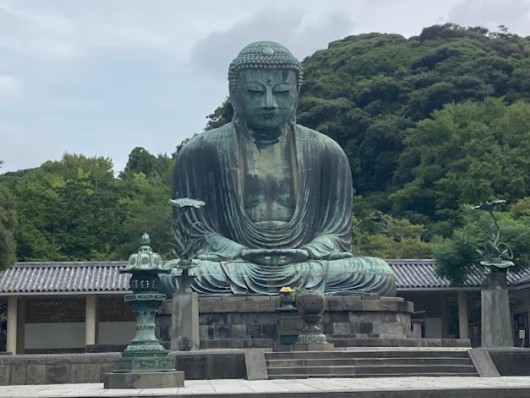
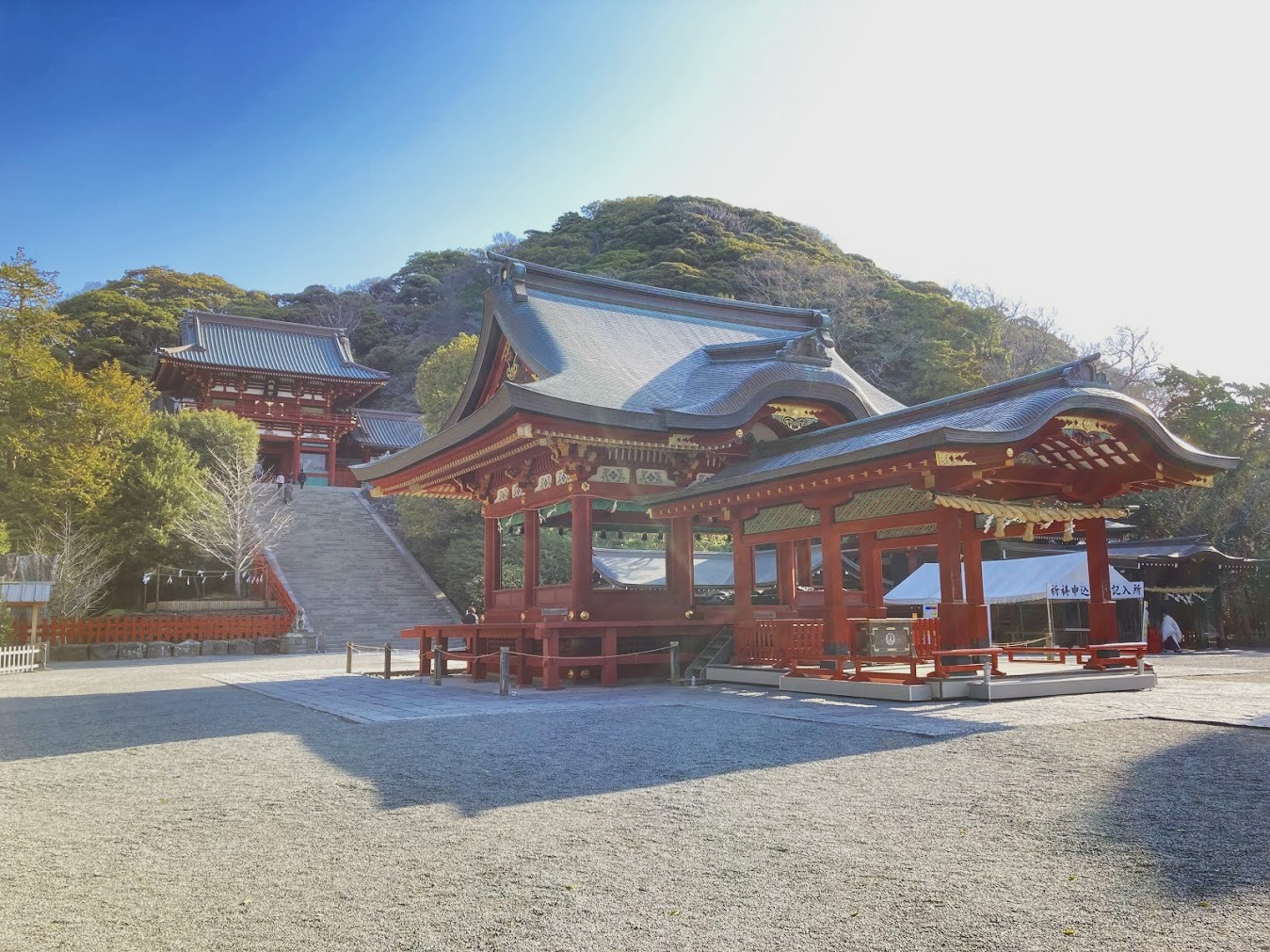
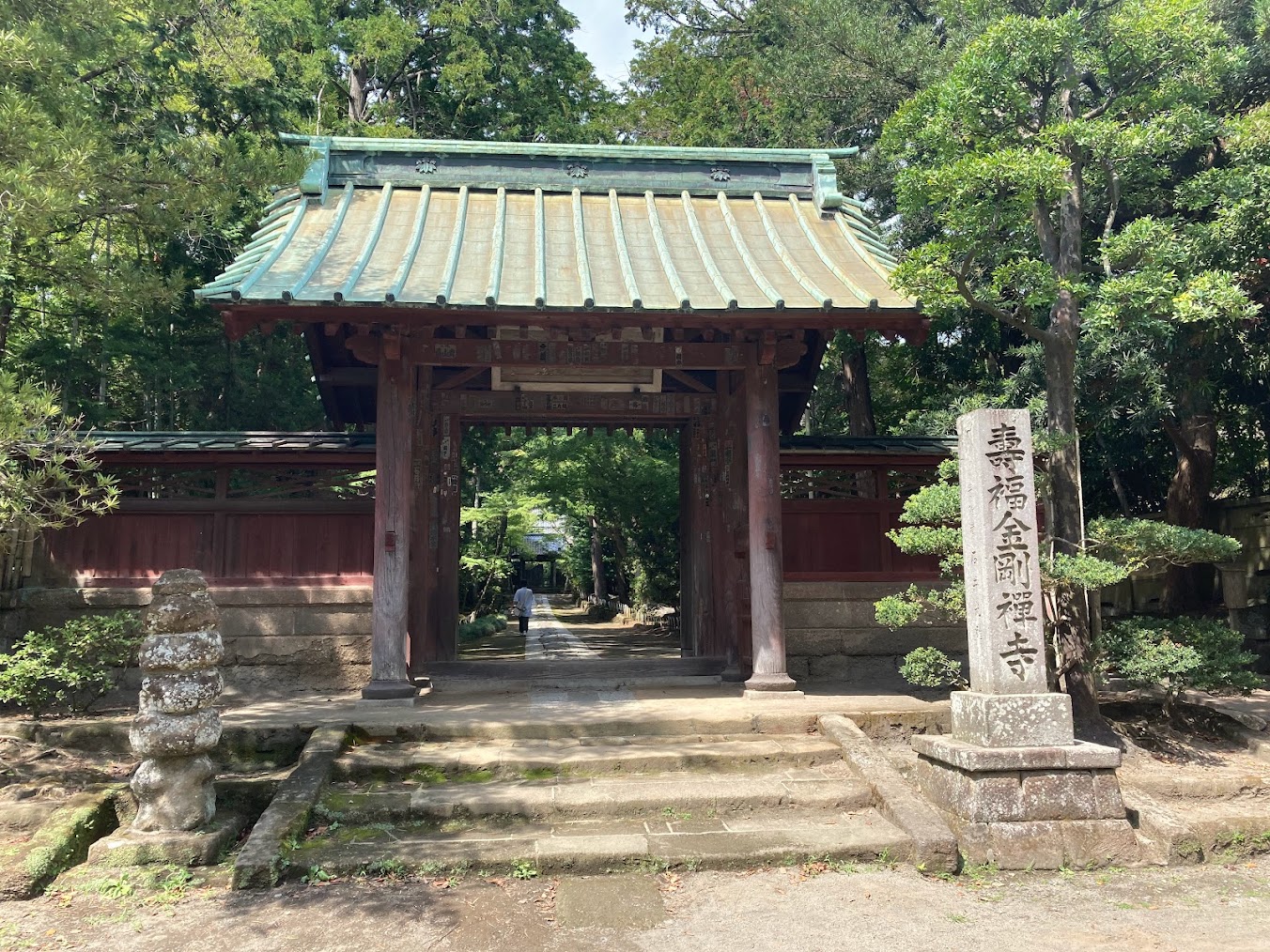
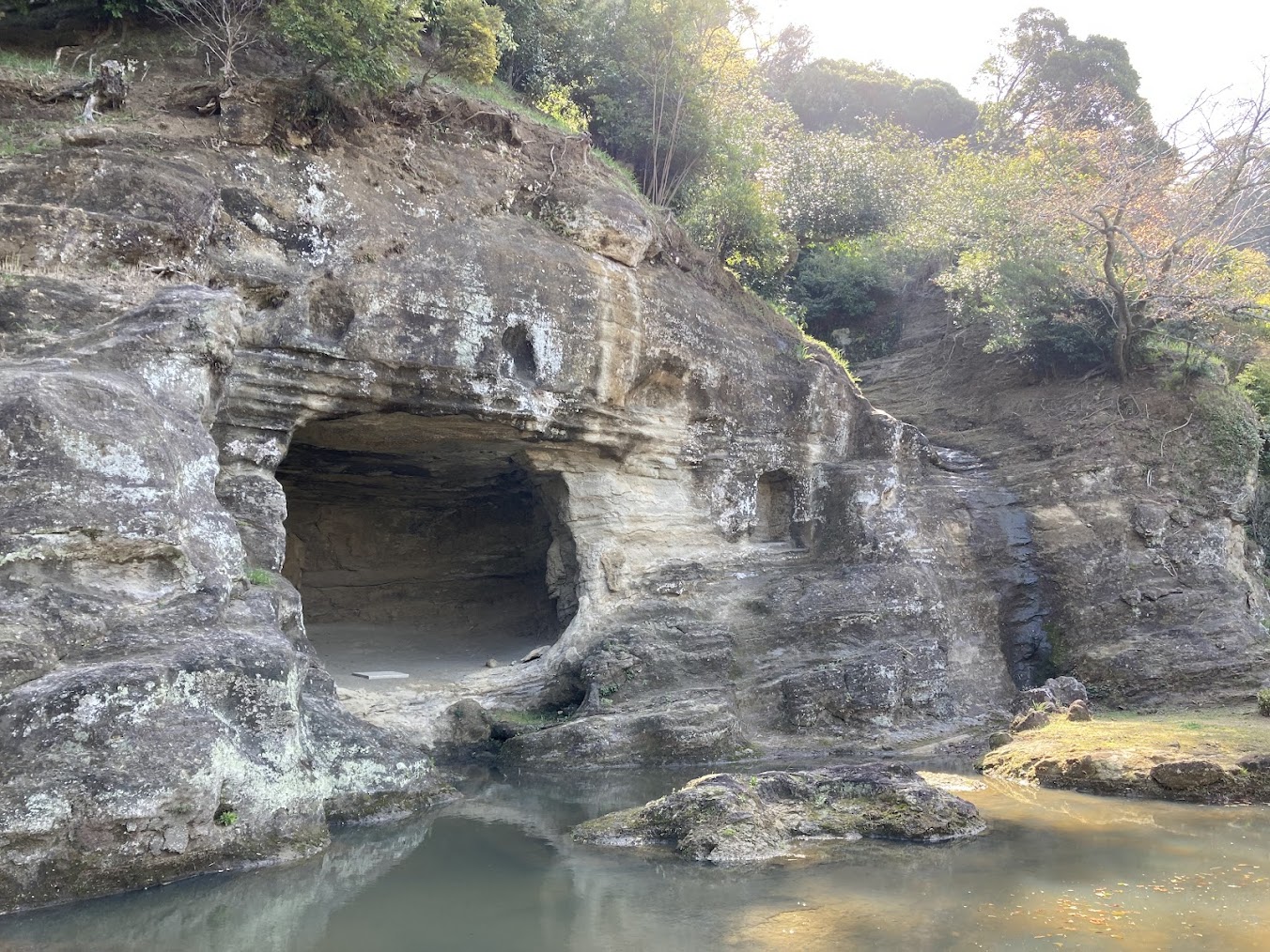
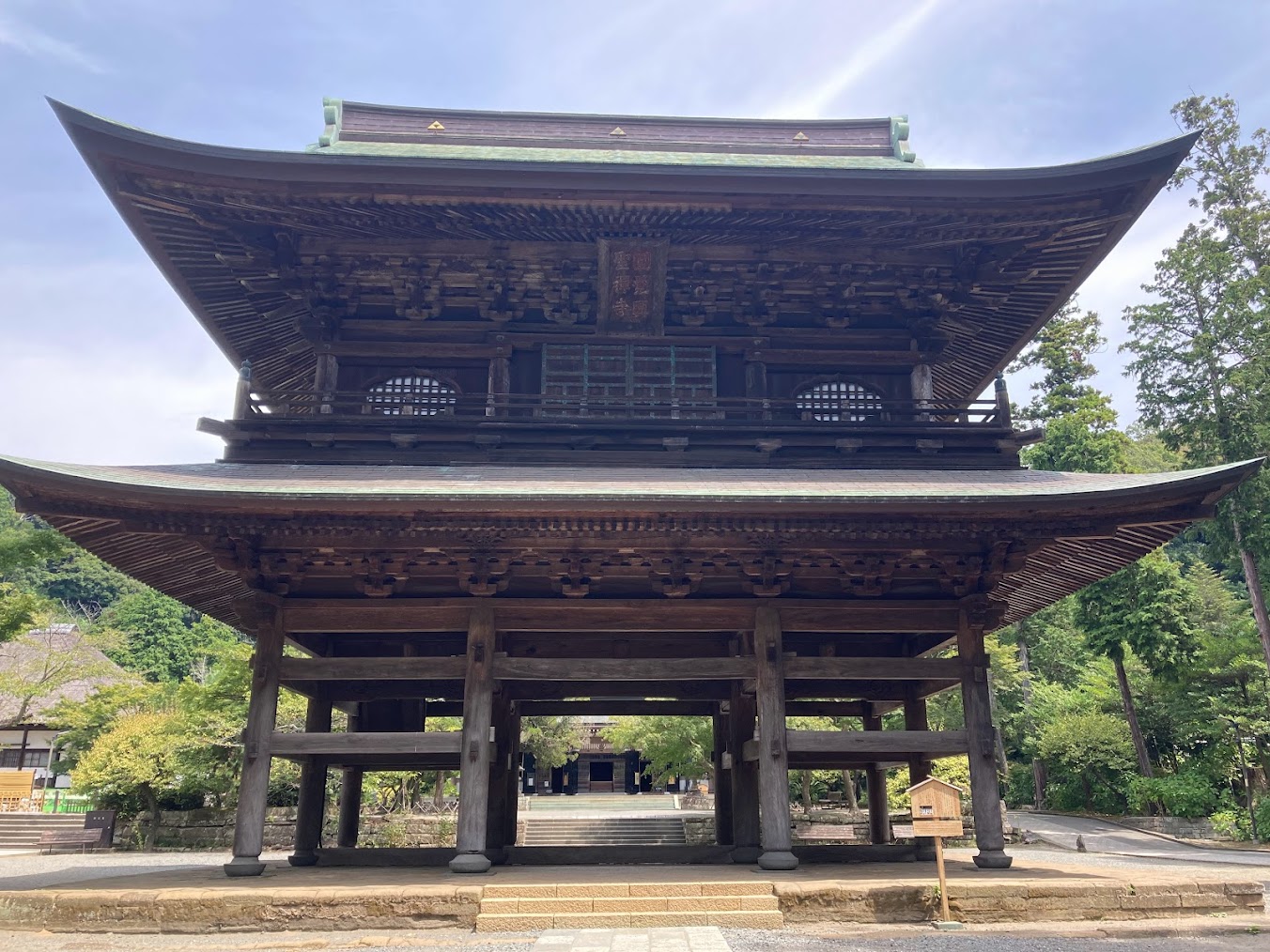
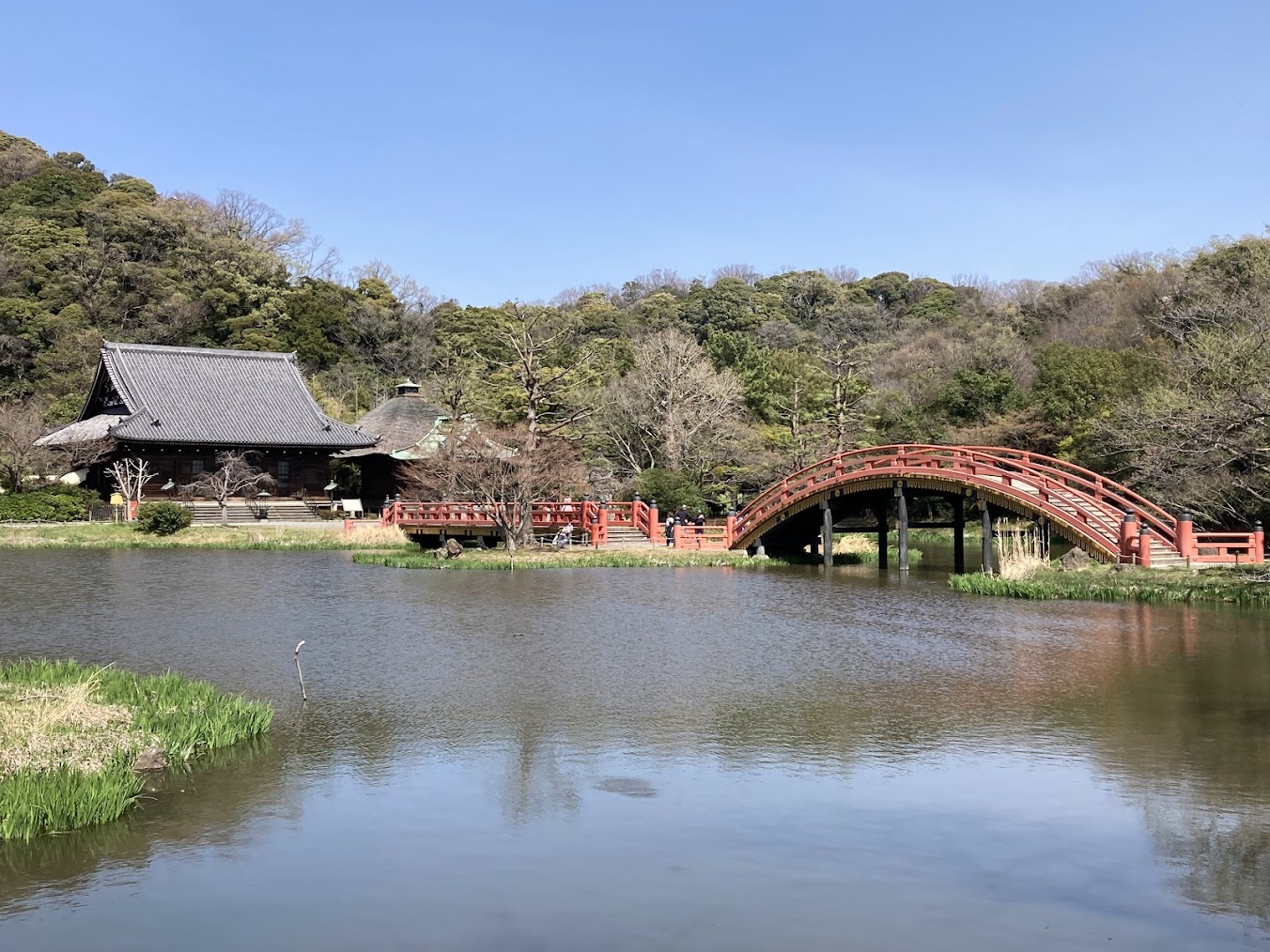
Japan's Middle Ages was the age of the samurai. Kamakura was the place where the samurai first established a political government. In Japan, the period from 1185 to 1333 is known as the Kamakura period. In Kamakura, many shrines and temples remain with roots in this period. The roles and functions of these shrines and temples have been passed down for around 700 years. Kamakura has inherited not only its role as a place of faith for the samurai, but also the culture that was primarily created by the samurai, and the origins of the ideology on which the samurai relied - all of which are essential to any discussion of the samurai, a uniquely Japanese class. In particular, its ideology would later become known to the world as "Bushido."
These Shrines and Temples in Kamakura maybe registered as World Heritage Sites.
contents
In 1185, Minamoto no Yoritomo established a political system that would later be known as the Kamakura Shogunate, and Kamakura became the capital of a samurai government. Shrines and temples that served as the guardian deities and guardian Buddhas of the samurai government were established in Kamakura, and they watched over the rise and fall of the Kamakura Shogunate. Although the Kamakura Shogunate fell in 1333, it remained a place where the guardian deities and guardian Buddhas of the samurai were enshrined, to the Muromachi and Edo Shogunates and to the samurai of the eastern provinces. Kamakura's function as a political city was lost after about 150 years, but it continued to be a place of faith for the samurai until modern times.
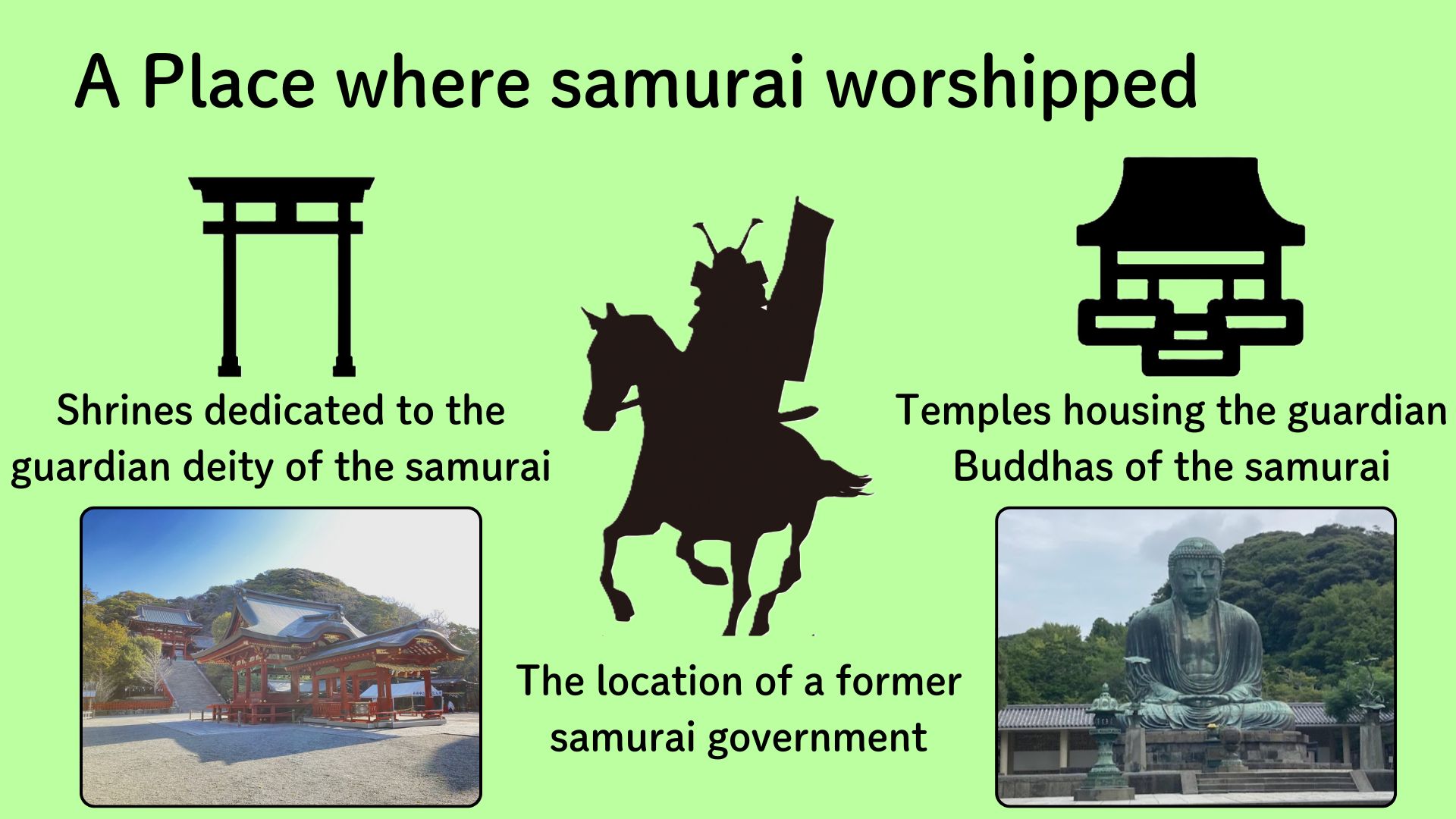
Before this period, the nobility were the bearers of culture. During the Kamakura period, this shifted to the samurai. This was also a time when exchanges with China were revived. Many cultures brought from the continent, as well as cultures that emphasized bravery and discipline, were accepted by the samurai, and they formed their own unique culture. In addition, martial arts unique to the samurai class also developed during this period.
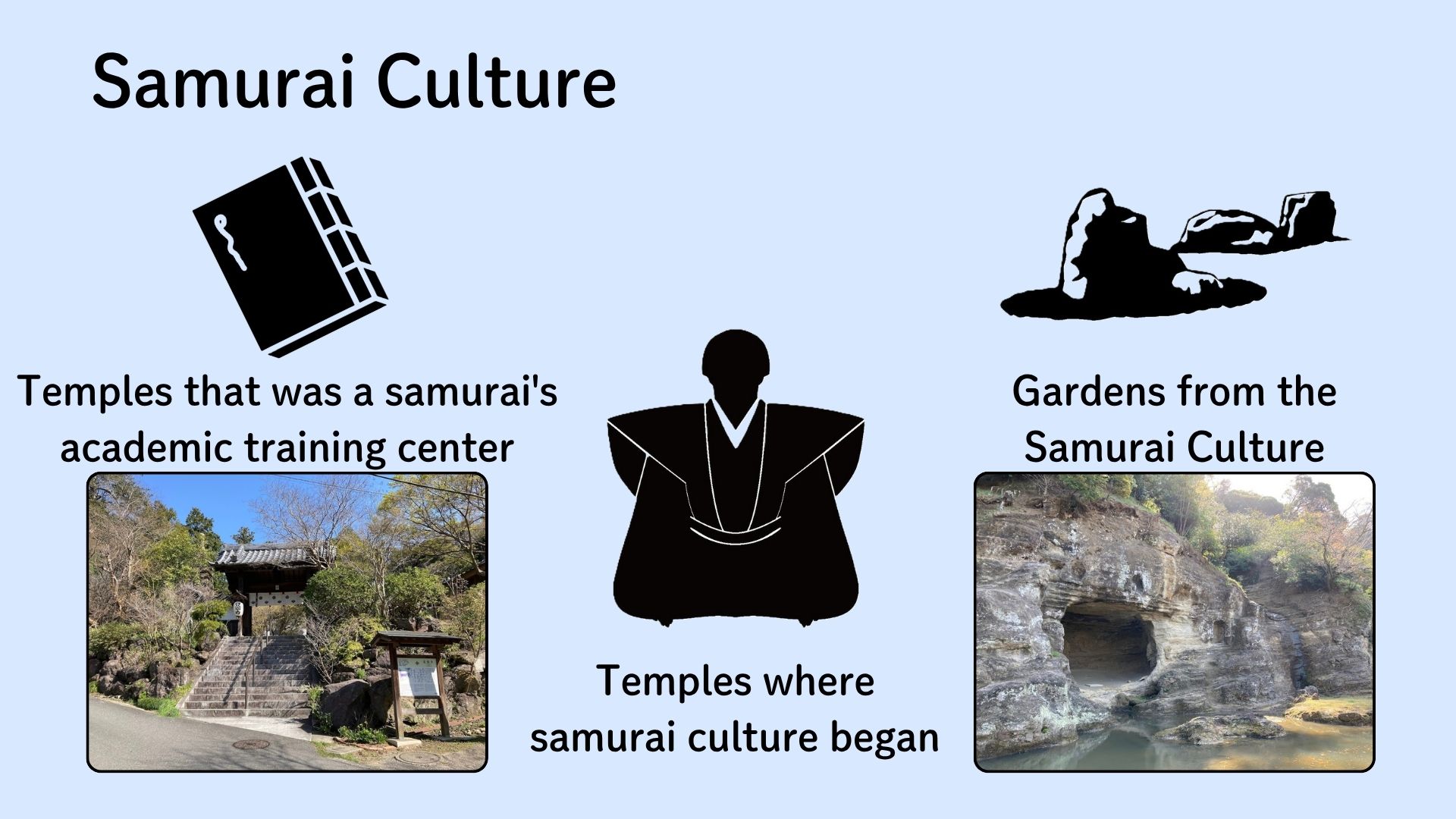
Zen Buddhism, which was brought from the continent, was especially treasured by the samurai. Zen Buddhism, which had similar values to the samurai, was protected by the shogunate, and many large temples with Zen training halls were established in Kamakura. The thought of Zen Buddhism became the basis of "Bushido," which came to be regarded as the spiritual pillar not only of the samurai but of all Japanese people. This "Bushido" was then summarized in the famous book "Bushido" written by Nitobe Inazo in modern times, and went on to spread the moral values and ideas of the Japanese people all over the world. The relationship between Zen and the samurai was also summarized in the book "Zen and Japanese Culture" by Buddhist philosopher Suzuki Daisetsu, which has been disseminated to the world.
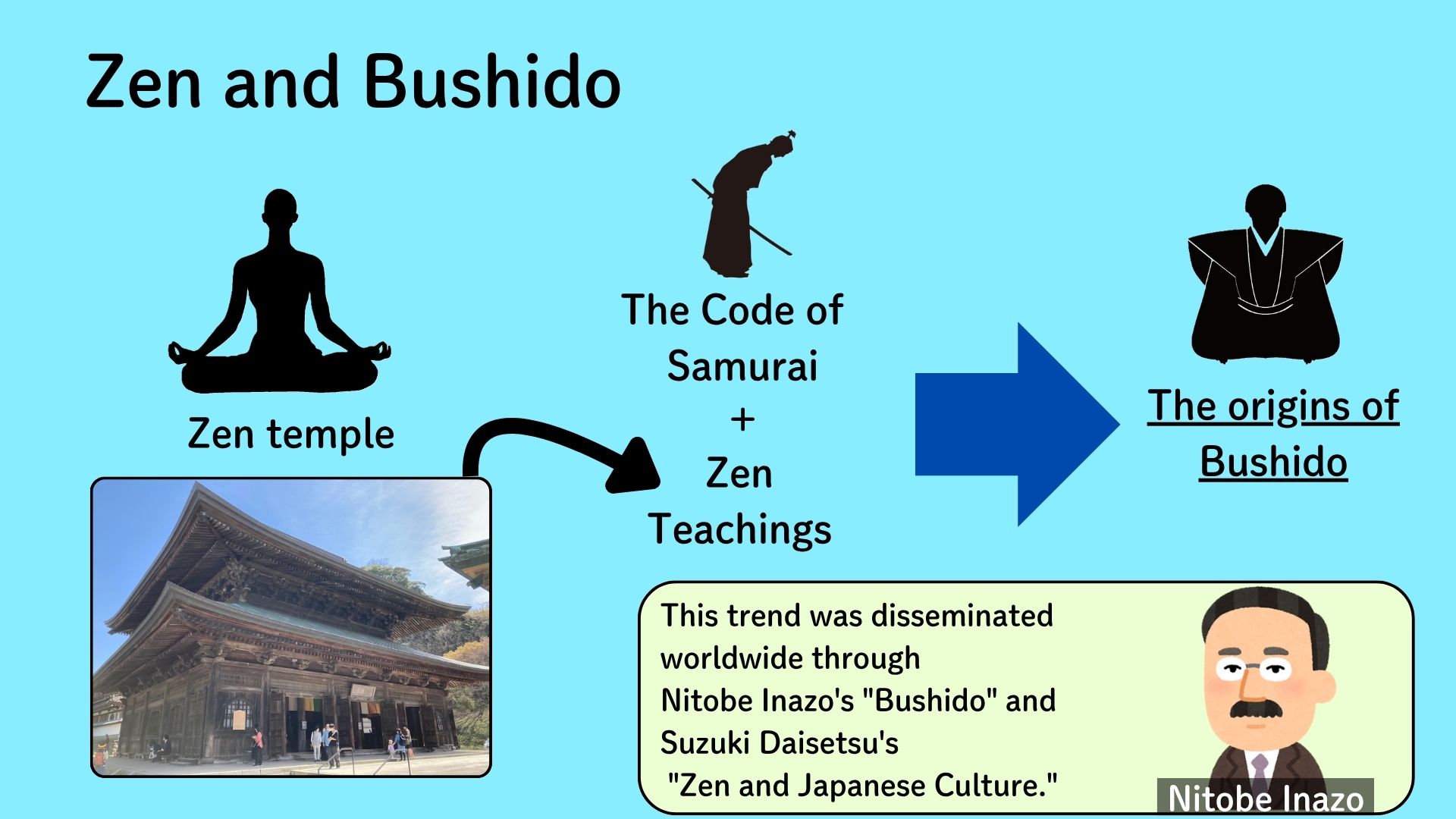
Kamakura's shrines and temples are the roots of samurai culture, which influenced the moral values of the Japanese people, and the world-famous "Bushido."
| Name of cultural assets | Explanation | Photo | Location |
|---|---|---|---|
| Tsurugaoka Hachimangu Shrine (鶴岡八幡宮) |
The Kamakura Shogunate considered this shrine to be the most important shrine as the guardian deity of the military government. Its treatment did not change even under subsequent military governments, and it continued to be an object of worship for the samurai. |  |
Google Map |
| Kotoku-in Temple (Great Buddha) (鎌倉大仏) |
This bronze statue of Amitabha Buddha was built as a symbol of the samurai government and as a guardian Buddha. It has retained almost the exact form from when it was cast by the Kamakura Shogunate. |  |
Google Map |
| Zuiryu-ji (覚園寺) |
This temple is seen as a typical example of the Kamakura temple landscape. It was a center for Buddhist studies and a place for the development of samurai culture. | 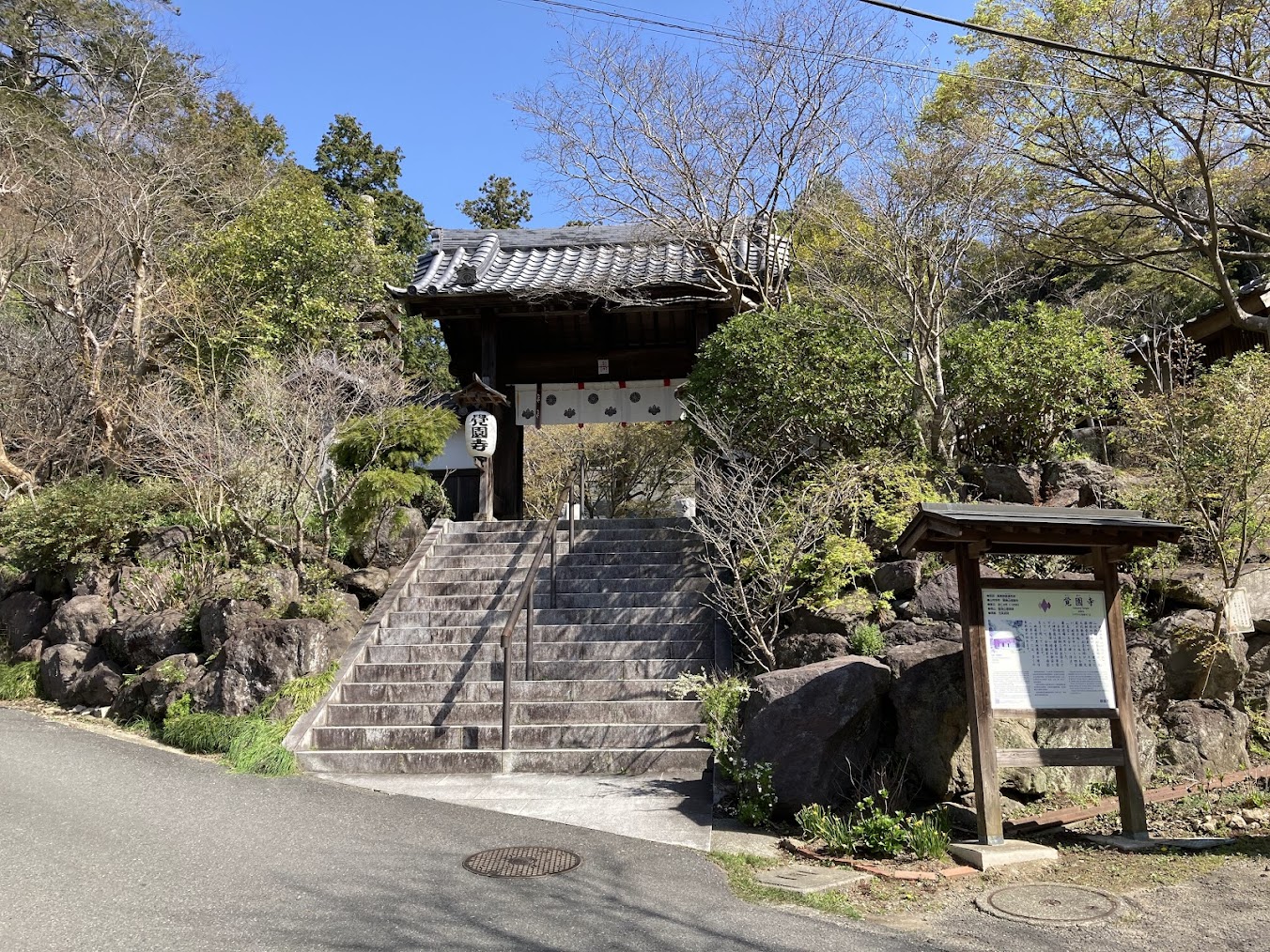 |
Google Map |
| Kencho-ji Temple (建長寺) |
It was founded as Japan's first full-scale Zen Buddhist training center. It was founded by Rankei Doryu, who came to Japan from China. As the largest base for the acceptance of Chinese culture, including Zen Buddhism, at the time, it contributed greatly to the establishment and development of samurai culture. | 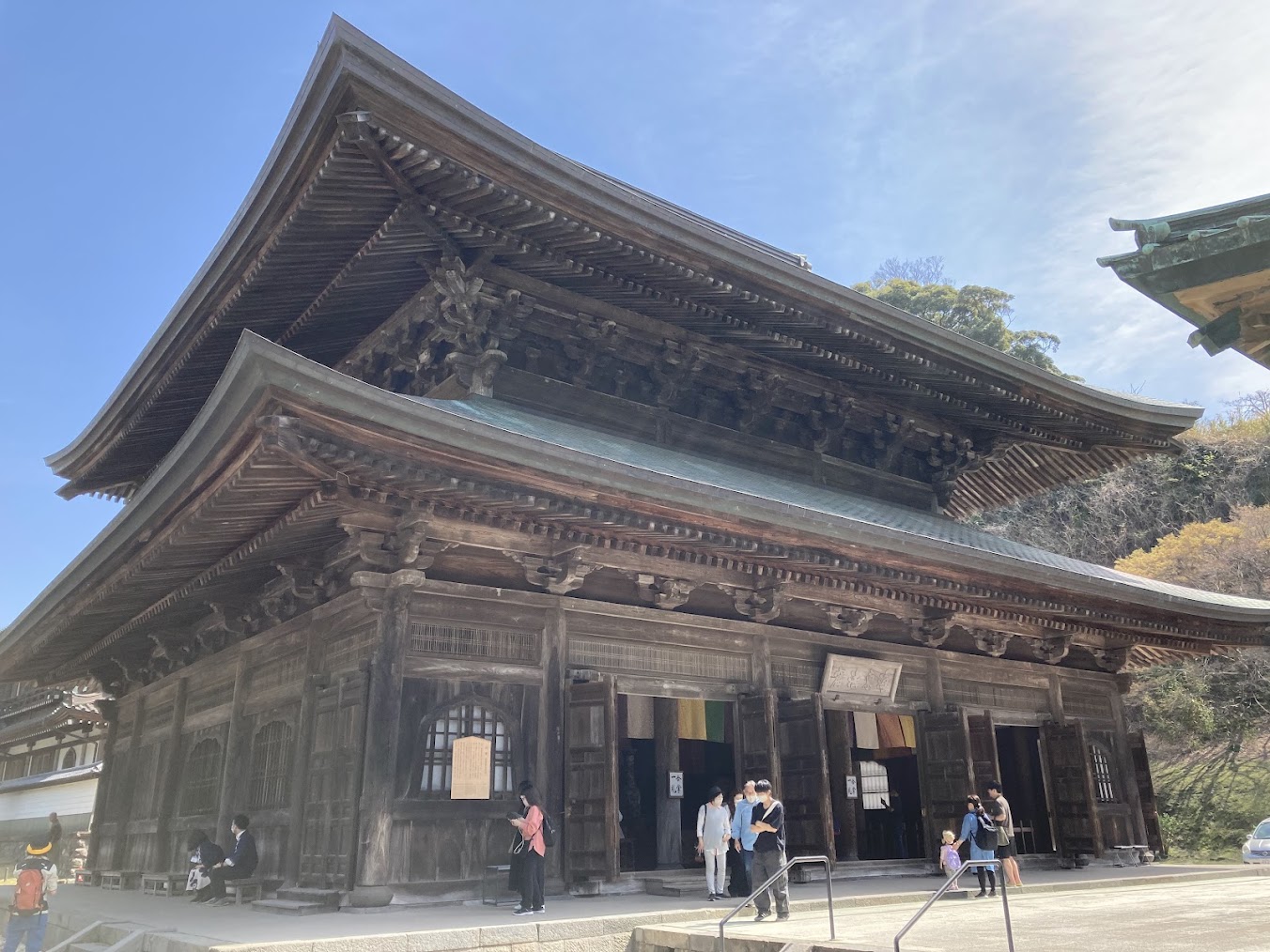 |
Google Map |
| Engaku-ji Temple (円覚寺) |
This Zen temple was built to mourn the victims of the Mongol invasion in the 13th century, regardless of whether they were friend or foe. It made a major contribution to the establishment and development of samurai culture. |  |
Google Map |
| Zuisen-ji Temple (瑞泉寺) |
This is a Zen temple that was established in the 14th century. The temple's garden retains the appearance of Zen temple gardens from the Kamakura period. |  |
Google Map |